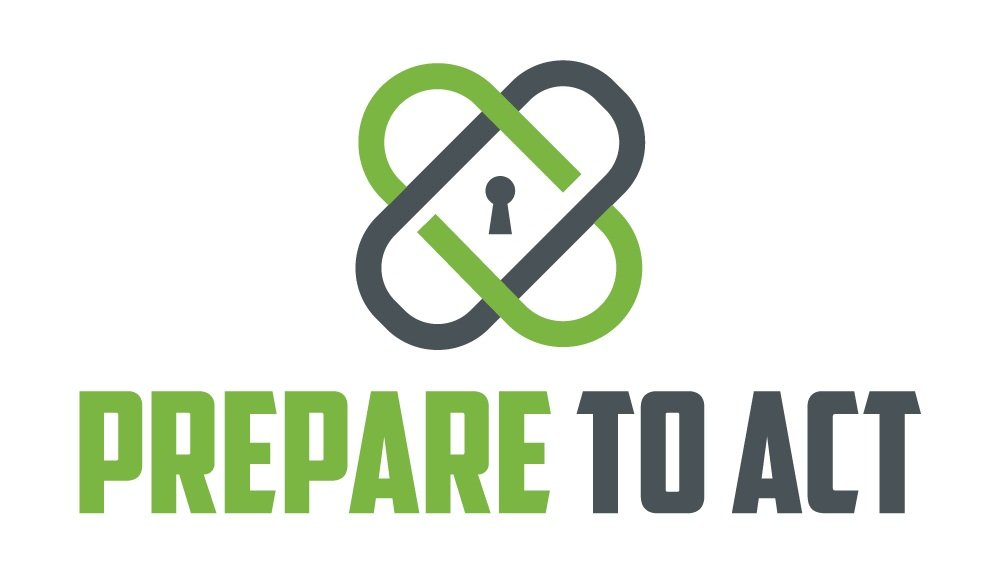The Leadership Edge: How Personal Safety and Preparedness Build Resilient Leaders
In a world filled with uncertainty, the ability to protect oneself is more important than ever. From self-defense tools like the Byrna Gun and pepper spray to personal strategies for safety, many people seek ways to empower themselves in unpredictable situations. But beyond the immediate value of self-protection lies a deeper lesson: the qualities and mindset necessary for personal safety also align closely with those of effective leadership.
This post explores how the principles behind personal safety and preparedness can foster the qualities of resilient leadership, self-confidence, and purposeful decision-making. We’ll tie together insights from personal defense tools with the leadership development strategies presented in my up-coming book, The Purpose Path: Navigating Your Journey to Fulfillment. By connecting self-defense and leadership, we reveal how the practices of staying safe can also help you lead with purpose and resilience.
The Intersection of Leadership and Personal Safety
The connection between personal safety and leadership is not always immediately apparent. However, both require similar core qualities: the ability to assess risks quickly, make decisive choices, and remain calm under pressure. These are traits that anyone serious about leadership development should cultivate, and they’re also critical when it comes to self-defense.
Take, for example, the concept of situational awareness. In personal safety, situational awareness is about understanding your environment, recognizing potential threats, and preparing to act if necessary. In leadership, situational awareness is equally critical. Great leaders must be attuned to their surroundings, aware of both opportunities and challenges, and able to make informed decisions that benefit their teams.
Situational awareness is a skill taught in law enforcement, and it’s a theme that’s central to the self-defense content you’ve shared—like our content on the Byrna Gun and pepper ball launchers. Whether navigating the complexities of a high-stakes environment or leading a team through uncertain times, situational awareness remains key.
Resilience Through Preparedness: Lessons From Self-Defense
Resilience is another quality that is as relevant to personal safety as it is to leadership. In self-defense, being resilient means being ready—physically and mentally—to face whatever challenges may arise. Preparedness, both in mindset and practice, is what gives people the confidence to handle unexpected situations. Similarly, resilience in leadership involves being ready to adapt to changes, weather crises, and bounce back from setbacks.
Check out our blog post on “The Power of the Pepper Ball Gun” highlights how preparation plays a vital role in personal protection. By being equipped with a reliable tool and understanding how to use it effectively, you’re empowered to act with confidence when needed. This same principle applies to leadership. Leaders who are prepared—through training, knowledge, and experience—are better equipped to guide their teams through difficult times.
In The Purpose Path, resilience is a major theme that connects back to your background in law enforcement and personal growth. Just as you advocate for being prepared for self-defense, you can extend that narrative into how leaders must build resilience through preparation and practice.
Ethical Decision-Making: Parallels Between Leadership and Self-Defense
One of the core challenges in both self-defense and leadership is ethical decision-making. In situations where quick choices are necessary, whether in a physical confrontation or a high-pressure business scenario, leaders and individuals alike need to be grounded in their values and prepared to act accordingly.
The post “Pepper Ball, Pepper Spray & Pepper Gel Laws By State” emphasizes the importance of knowing and abiding by legal standards. Just as individuals must be aware of the laws governing self-defense tools, leaders must be aware of the ethical implications of their decisions. Both require the ability to weigh options quickly and act in a way that aligns with both legal and moral standards.
In leadership, ethical dilemmas are common, whether deciding between competing interests or navigating gray areas. This is where self-defense lessons can tie back into your leadership content. Just as you’ve discussed the legal aspects of carrying non-lethal weapons, you can explore the ethical considerations leaders must address when making tough decisions. Ethical leadership is about being decisive while ensuring that actions align with a larger purpose.
Trusting Your Instincts: Leadership Lessons from Tactical Readiness
In one of our up-coming chapters in our new book, “Trusting Your Inner Compass” in The Purpose Path, you highlight the value of intuition and self-trust. This is another area where leadership and self-defense intersect. In personal safety, trusting your instincts can be the difference between avoiding danger or falling victim to it. In leadership, it’s often the gut feeling or inner compass that guides leaders when there’s no clear path forward.
When you break down how self-defense tools like stun guns or pepper ball launchers can be effectively used in high-pressure situations, you emphasize the need to be prepared but also to trust yourself when the time comes to act. The same is true for leaders: preparation is critical, but sometimes, the final decision comes down to trusting your judgment.
Conclusion: Empowerment Through Leadership and Preparedness
At the heart of both personal safety and leadership lies the idea of empowerment. Whether you’re preparing to protect yourself or lead others, the principles are strikingly similar: awareness, preparation, resilience, and trust in yourself. By drawing these connections, you can offer your audience a more comprehensive approach to personal growth, one that blends practical safety advice with the leadership skills needed to navigate life’s challenges with confidence.
